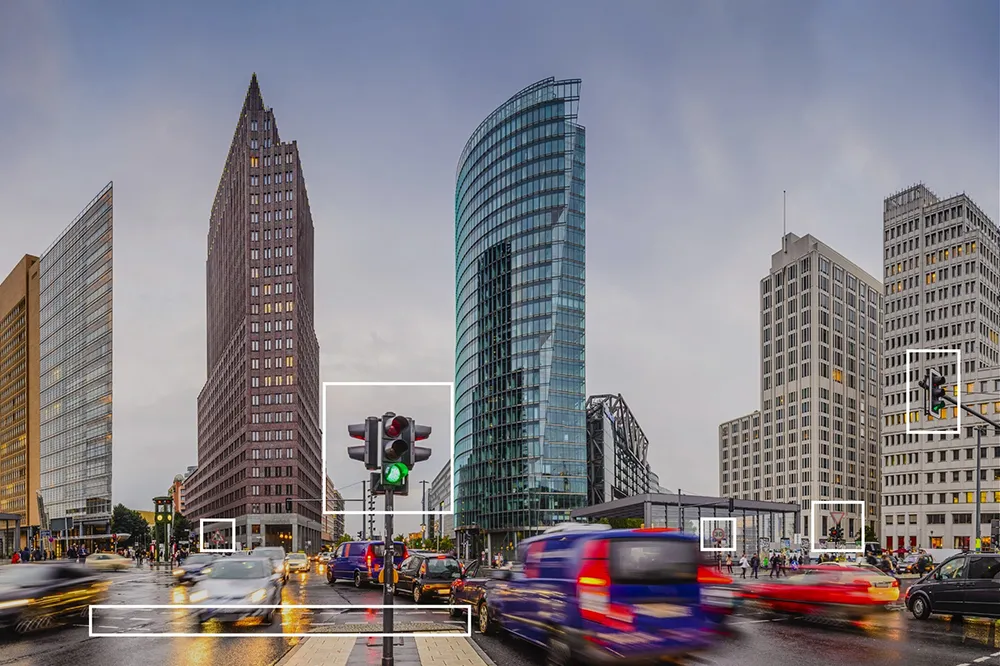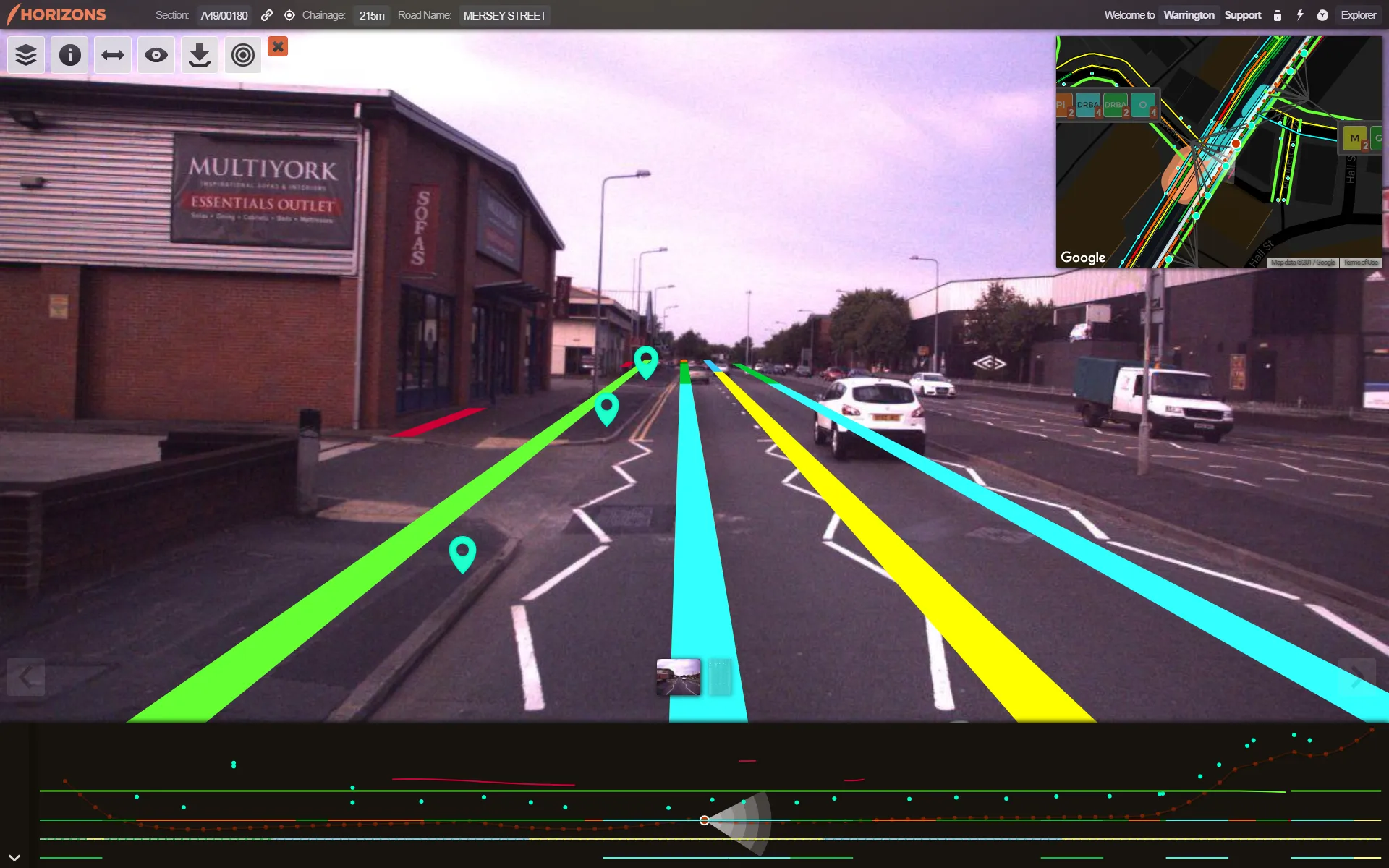
The Bridgestone Road Conditions solutions uses anonymised and aggregated data from Webfleet connected vehicles. Webfleet is Bridgestone’s global fleet management solution used by more than 60,000 businesses across the world to improve fleet efficiency, support drivers, boost safety, stay compliant and work more sustainably.
By locating road damage and visualising road assets, the advanced data solutions support cities, municipalities and road authorities to improve preventive maintenance, infrastructure planning and traffic flow. Bridgestone Road Conditions applies AI to define the severity of road damage, helping to prevent accidents as well as tyre and vehicle damage.
As a first step, customers can access two solutions that help identify the location and severity of road damage, as well as visualise various road assets. The Road Damage Detection solution identifies road anomalies by analysing anonymised and aggregated data leveraged from connected vehicles, which are equipped with Webfleet’s fleet management solutions. Using sensors and vehicle data, this unique tool accurately determines the locations of road damage, such as potholes, cracks and patches. Meanwhile, the Road Asset Visualisation solution provides intelligence on roads and infrastructure by analysing multiple connected vehicle sensor as well as camera data. Vehicle-mounted cameras use Edge AI capabilities to process data directly on the device in real time, ensuring data privacy by uploading only anonymised data to the cloud for further analysis.
This way, road assets and characteristics such as road signs, traffic lights and lane markings can be visualised and flagged if they are damaged, vandalised or blocked by vegetation, explained Raghunath Banerjee, vice president of data solutions at Bridgestone. Bridgestone Road Conditions is currently available in the UK, Ireland, France, Spain, Portugal, Italy, Poland, Netherlands, Belgium, Germany, Switzerland and Austria. Other solutions from Bridgestone Mobility, part of Bridgestone EMIA, includes Fleetcare (maintenance as a service), Tirematics (advanced tyre solutions) and Advanced Data Solutions.









